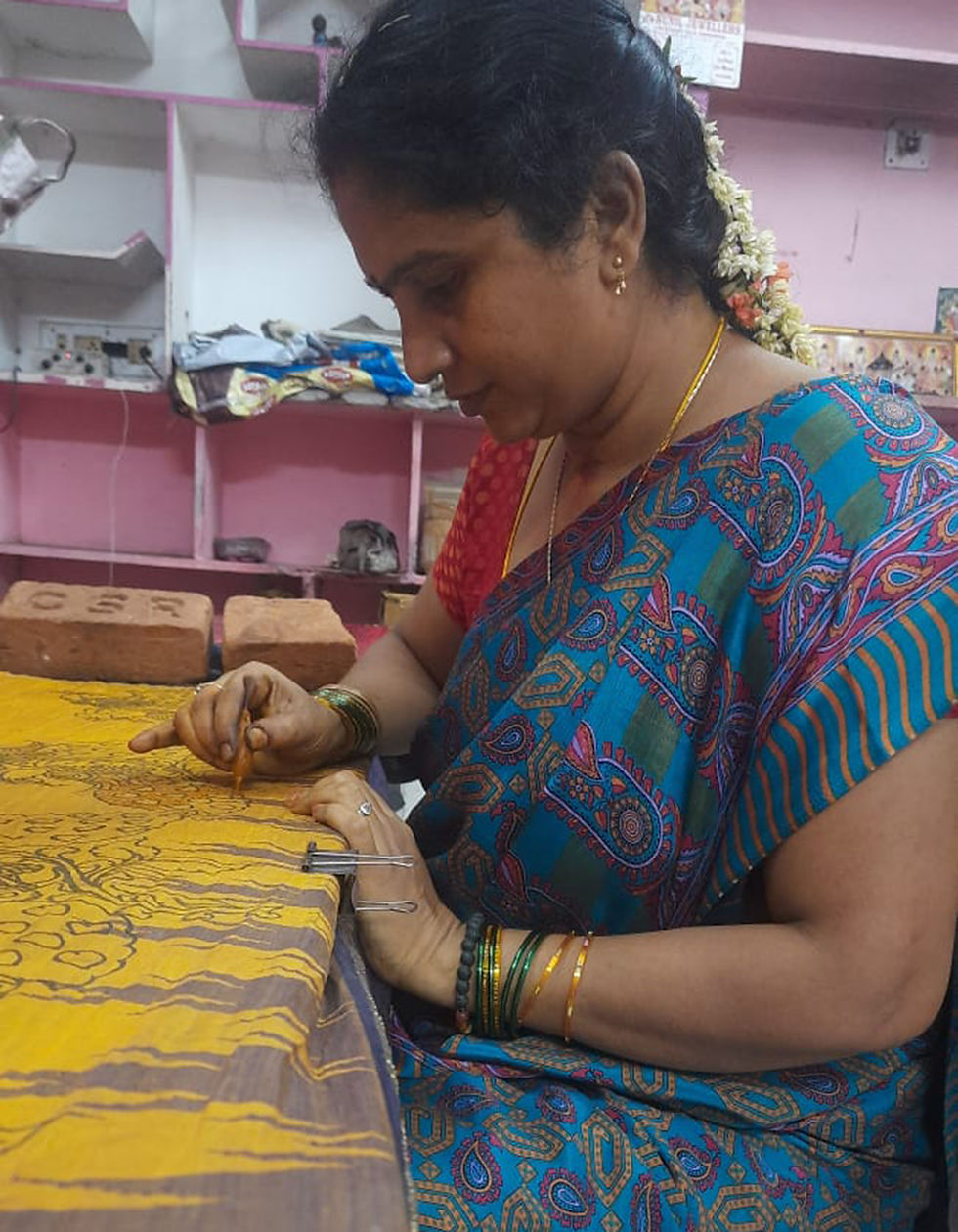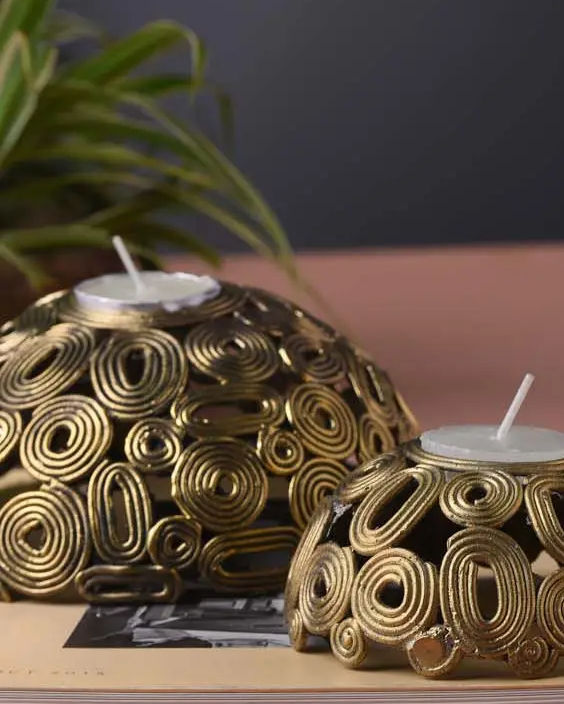Crewl Embroidery
- store HOD
- Jun 17
- 1 min read
Updated: Jul 1

Crewel embroidery is a centuries-old art form known for its large, bold designs created with wool threads. Although the exact origin of crewel embroidery is difficult to trace, one of the oldest known examples is the Bayeux Tapestry, a thousand-year-old piece made in England and later presented to France. Crewel embroidery gained prominence in Jacobean England during the 16th and 17th centuries, and its traditional motifs often reflect the popular designs of that era. While Jacobean embroidery is a distinct style, it is typically associated with crewel work. Originally from England, crewel embroidery has since become an indigenous art form of Kashmir. In the Kashmir valley of India, crewel embroidery is practiced as a traditional craft, known locally as Kashida or Kani embroidery. This style of embroidery features fine, long-staple wool yarns that are tightly twisted and dyed in a variety of colors. The intricate patterns and textures created through crewel embroidery are highly prized and have been passed down through generations of skilled artisans.
Crewel work involves hand embroidery using a hooked needle called an "aari" and predominantly woolen yarns in single or multicolor shades. The distinctive feature of crewel embroidery is its substantial look and feel. Crewel wool typically has long staples and is often two-ply, though it can also be one-ply. Unlike standard cotton embroidery floss, crewel wool is not separated into strands and is much thinner than tapestry wool, making it ideal for creating ornate and textured patterns. For crewel embroidery, selecting the right type of wool yarn is crucial.




Comments